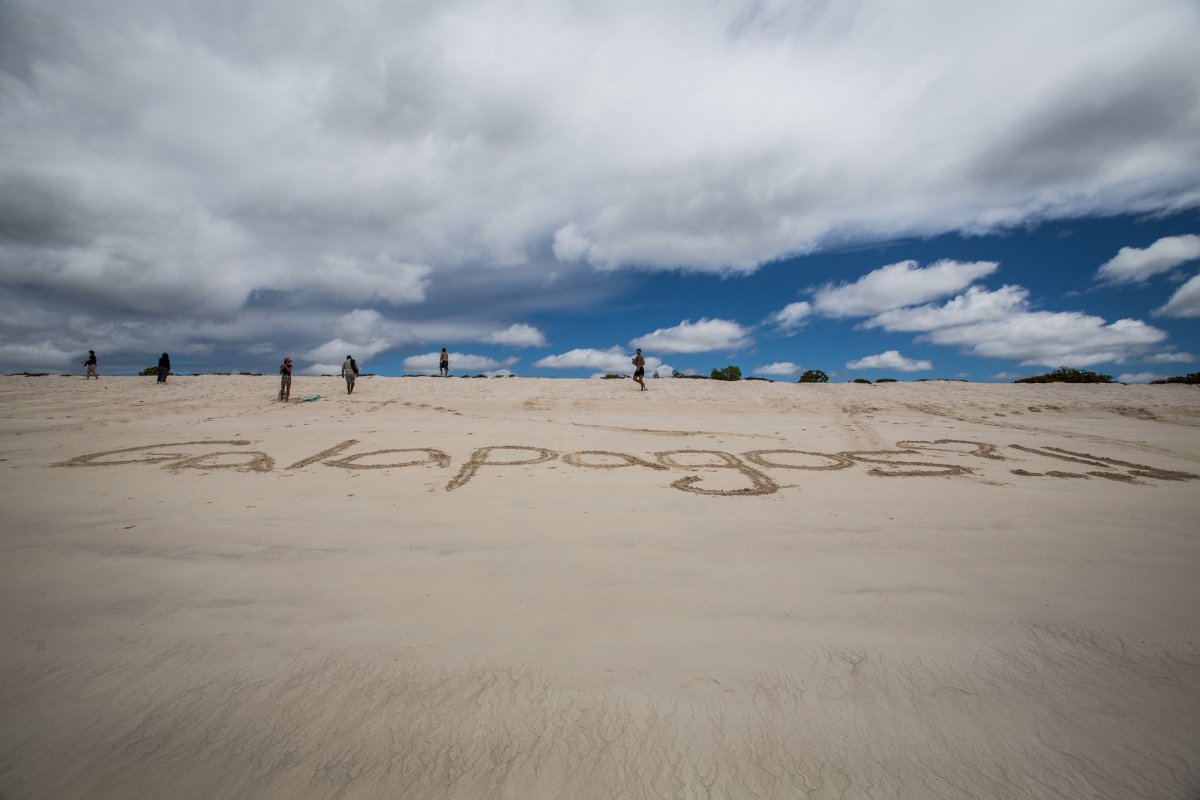
In geologic years, the Galapagos Islands are infants. Located on the perpetually moving Nazca tectonic plate, the islands were formed through repeated volcanic activity. Layer by layer, the islands have risen off the ocean floor, forming a chain that is approximately five million years old.
The youngest, westernmost islands are still volcanically active and are thought to be no more than 700,000 thousand years old. When the tops of the volcanos first broke through the surface of the Pacific Ocean, 600 kilometers off the coast of mainland Equator, they were devoid of animal or plant life.
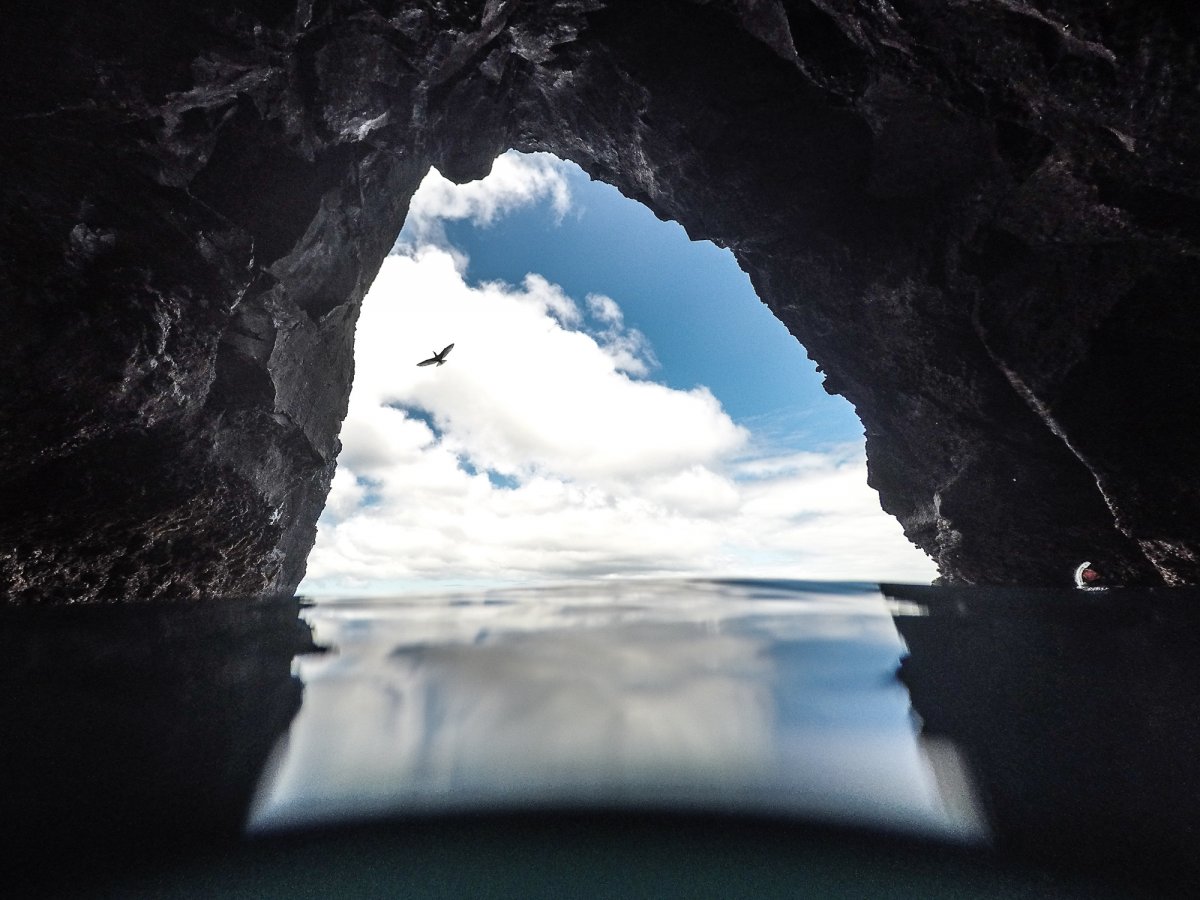
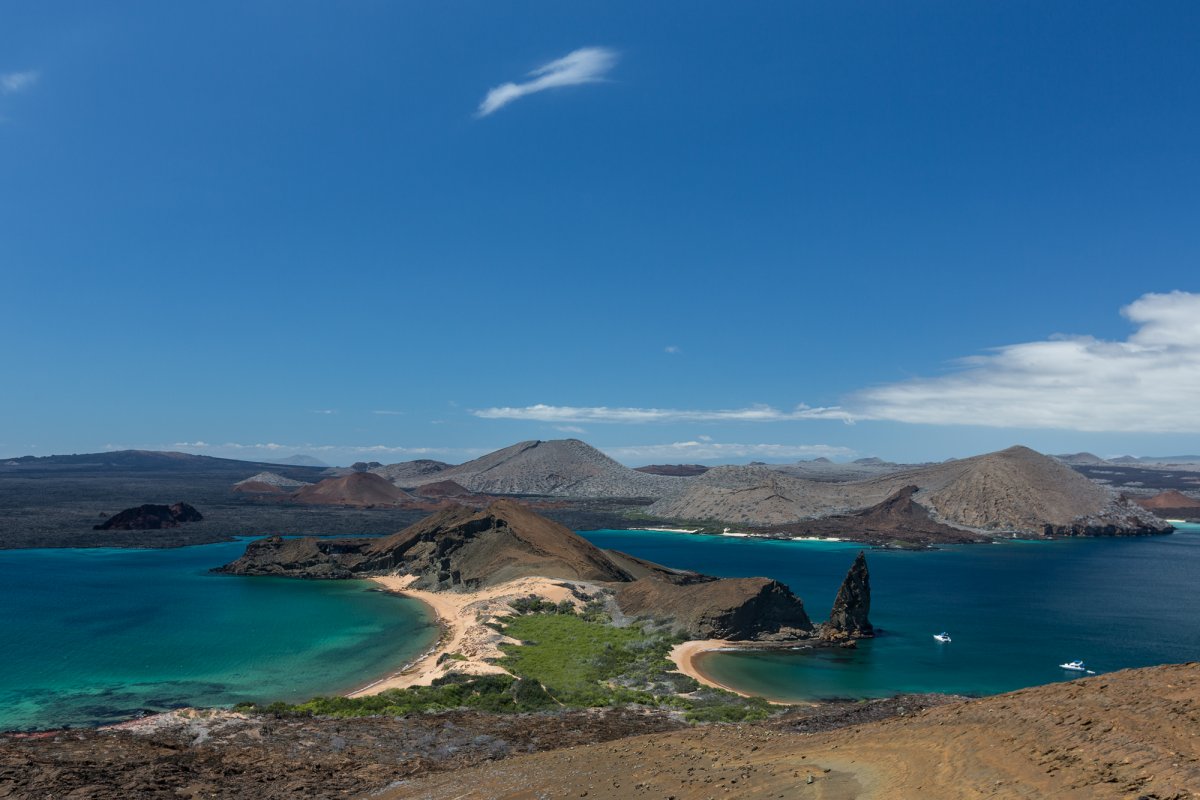
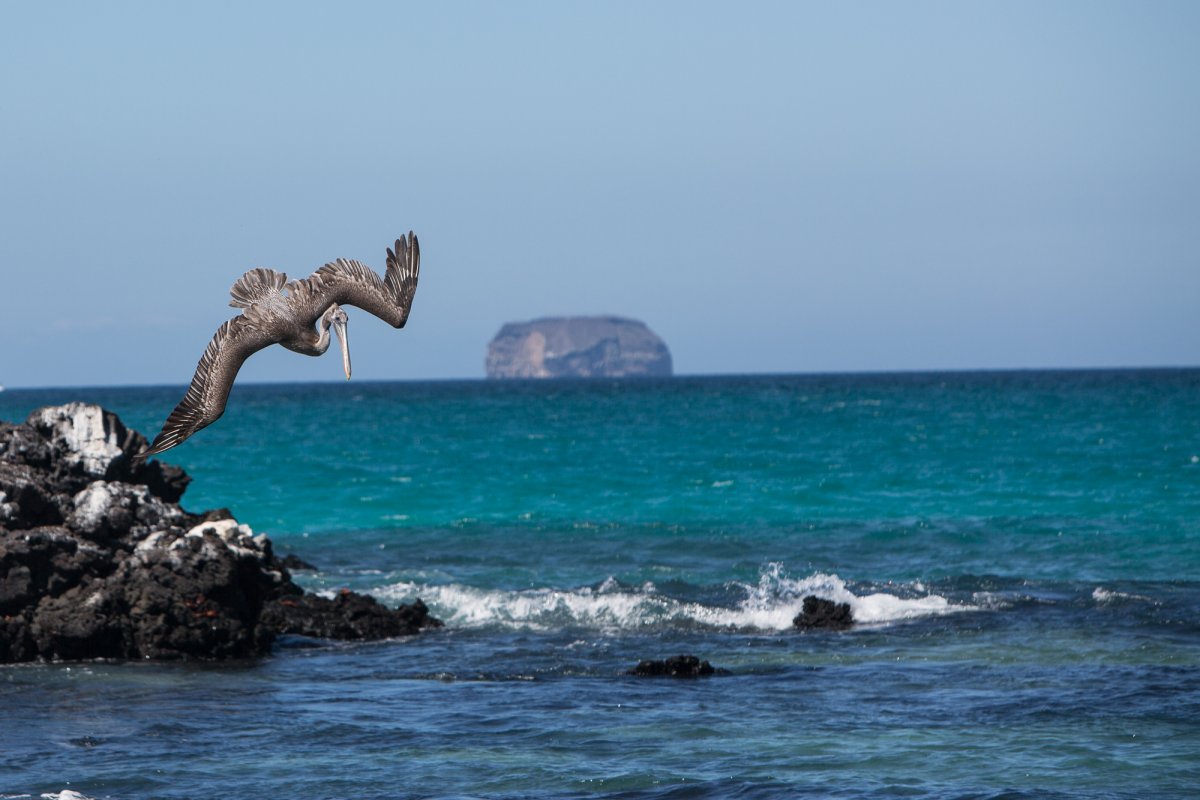
This initial isolation, combined with its location at the confluence of three oceanic currents—the cold water Humboldt and Cromwell Currents and the warm water Panama Current—created the unique ecological circumstances that would inspire Charles Darwin to pen The Origin of Species of 1859.
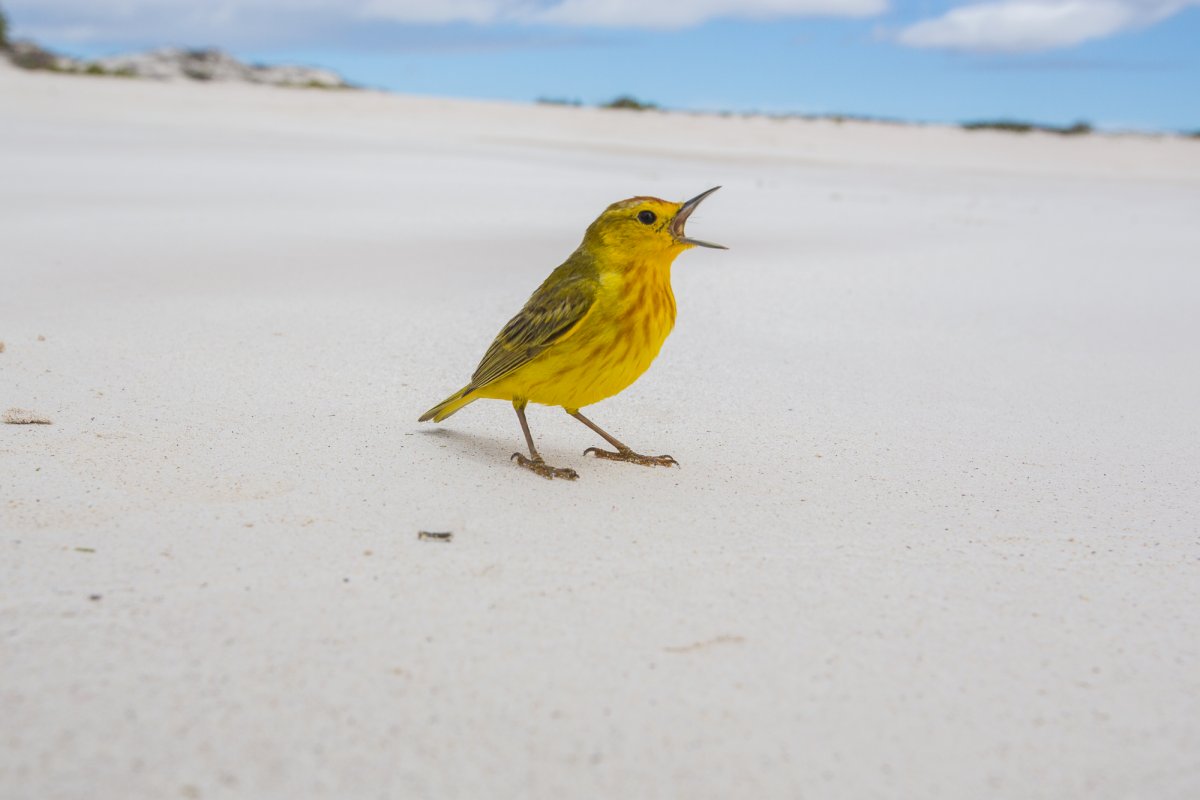
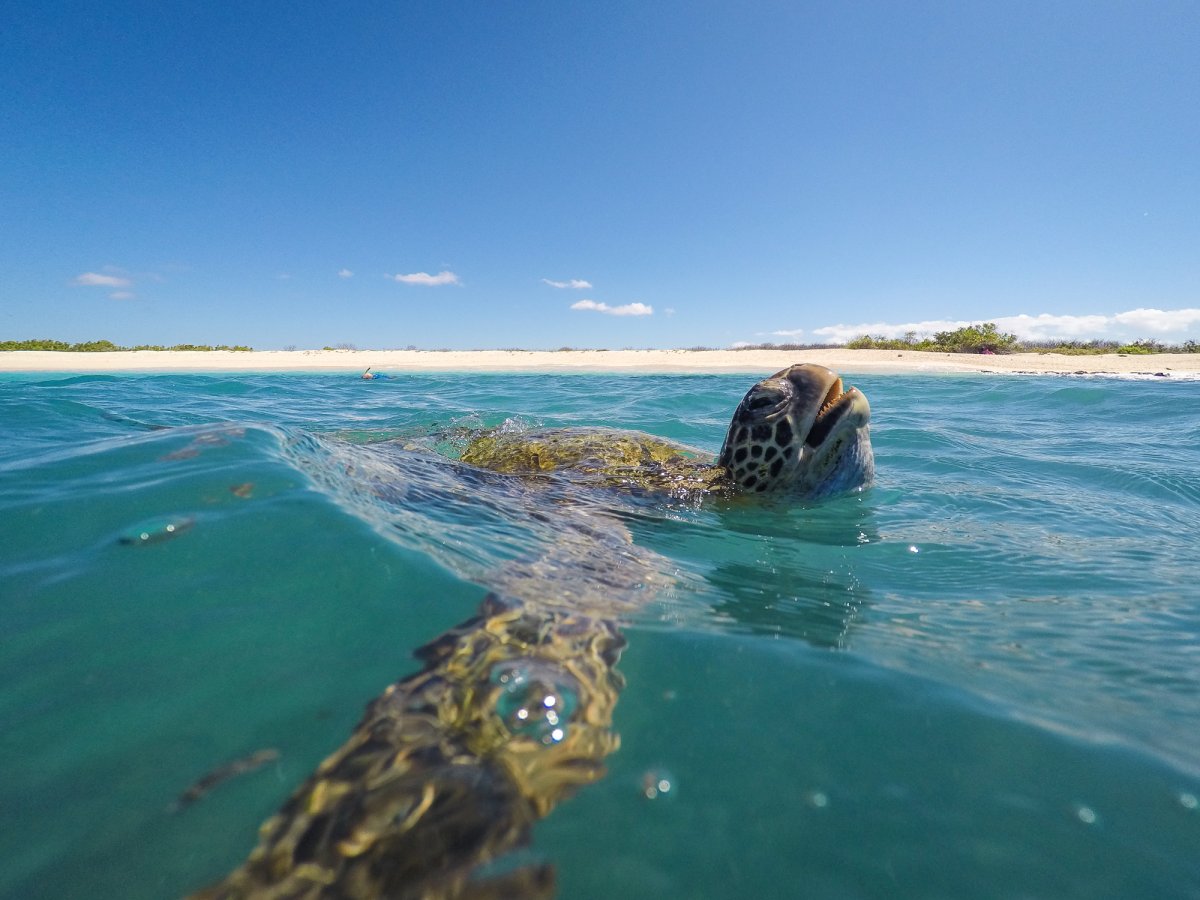
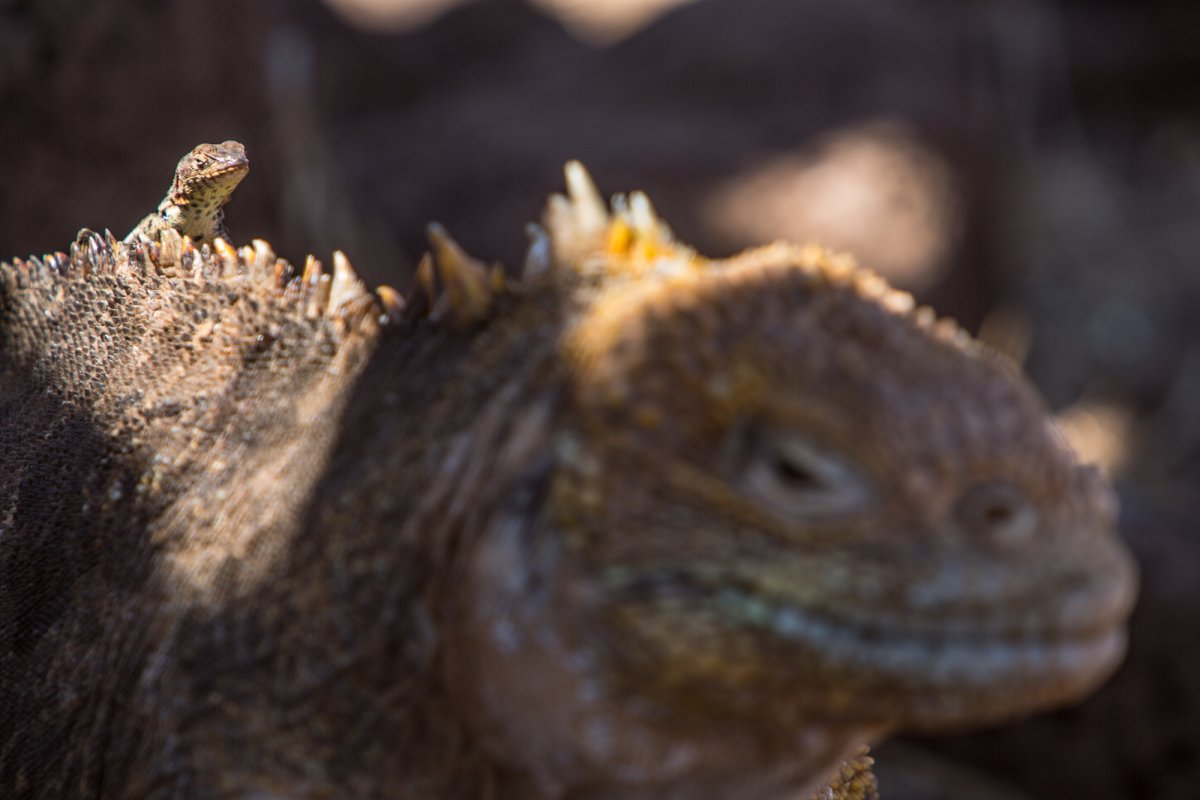
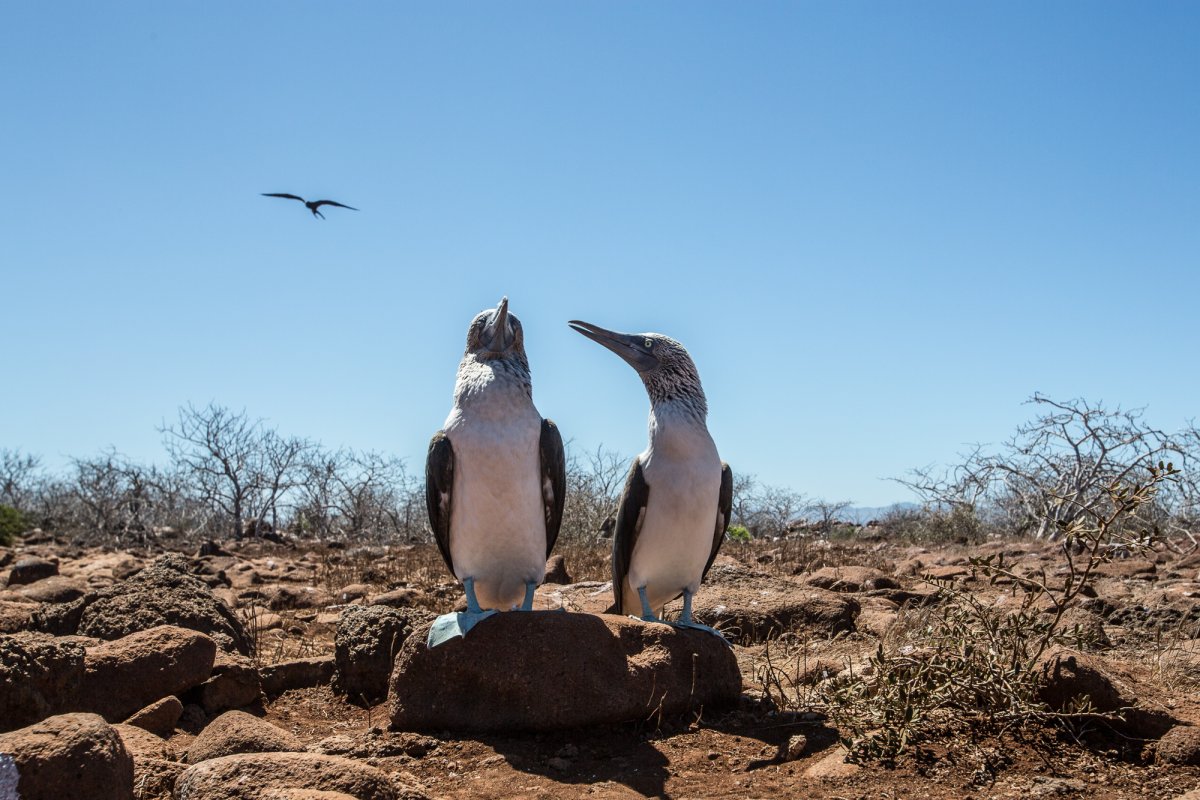
Darwin argued that individuals born with characteristics that make them best suited for their environment are the ones most likely to survive and produce offspring, a process he dubbed “natural selection.” What non-biologists refer to simply as evolution, Darwin’s theory of natural selection grew out of the scientist’s trip to the Galapagos aboard the H.M.S. Beagle in 1831:
“The distribution of tenants of this archipelago…would not be nearly so wonderful, if for instance, one island has a mocking-thrush and a second island some other quite distinct species... But it is the circumstance that several of the islands possess their own species of tortoise, mocking-thrush, finches, and numerous plants, these species having the same general habits, occupying analogous situations, and obviously filling the same place in the natural economy of this archipelago, that strikes me with wonder.”
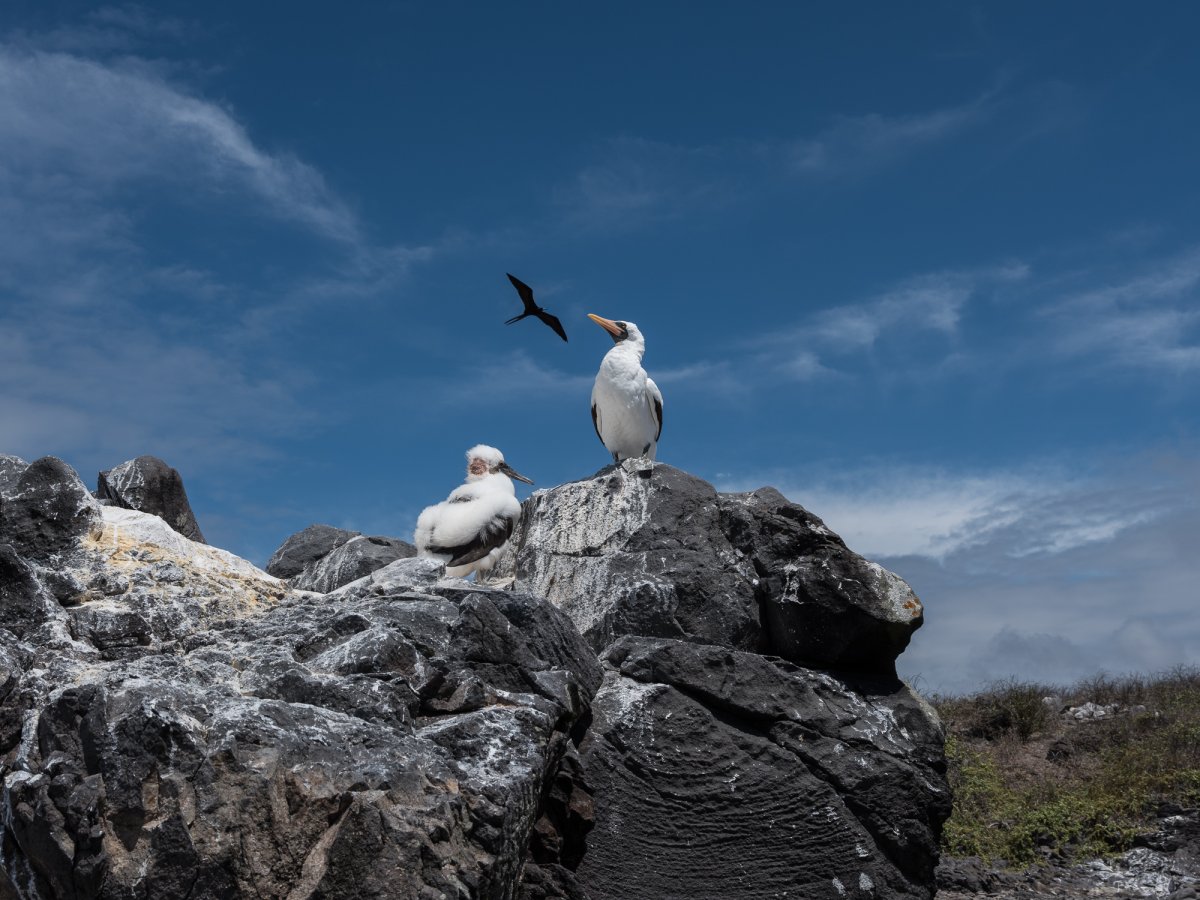


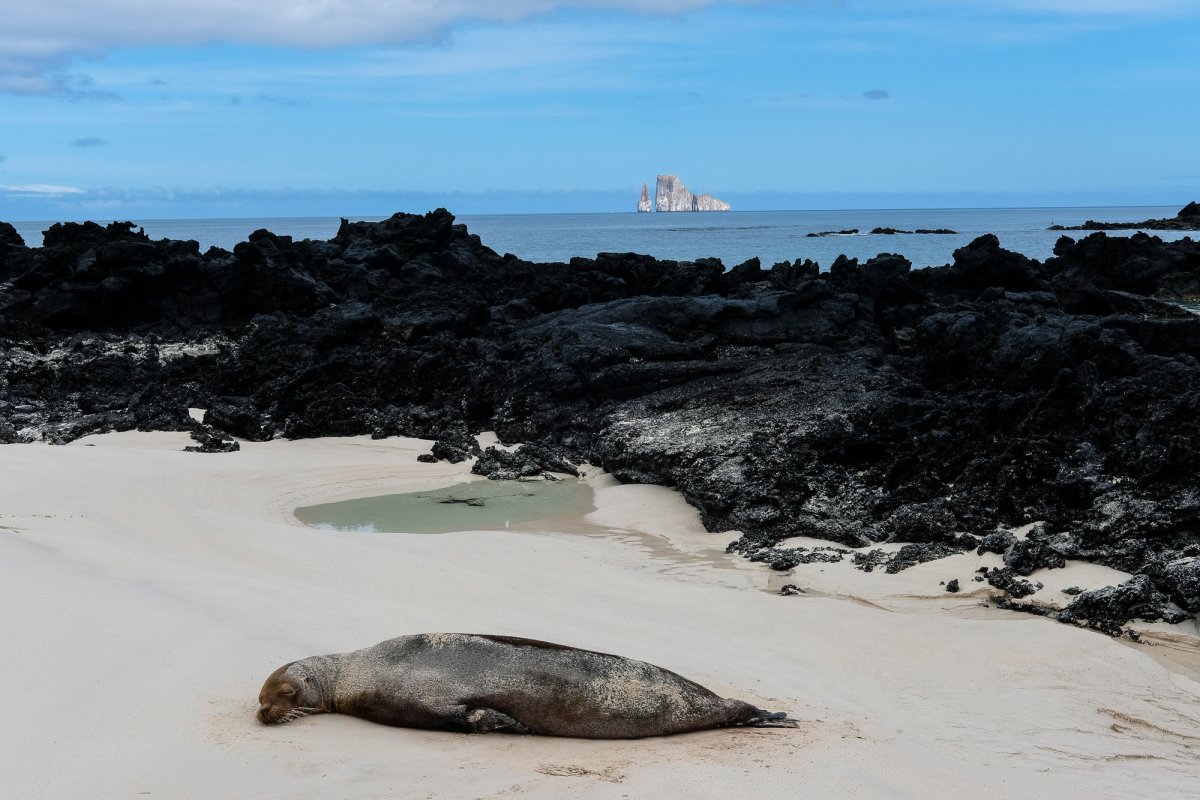
Even before Darwin’s visit, however, human beings had begun to shape the Galapagos’ ecosystem.
In the seventeenth century, English pirates used the islands as a base from which to attack Spanish galleons returning from the newly conquered Incan Empire in the New World. By 1790, the pirates were replaced by whalers who not only depleted the marine life, but relied on indigenous birds and tortoises for food.
Over the course of the nineteenth century, as many as 200,000 tortoises may have been killed. On his visit, Darwin reported that two or three hundred people lived on the island of Floreana and that “the staple article of animal food is supplied by the tortoises. Their numbers have of course been greatly reduced in this island.” By the end of the century, the Sante Fe, Rabida and Pinta varieties of tortoises were all extinct.
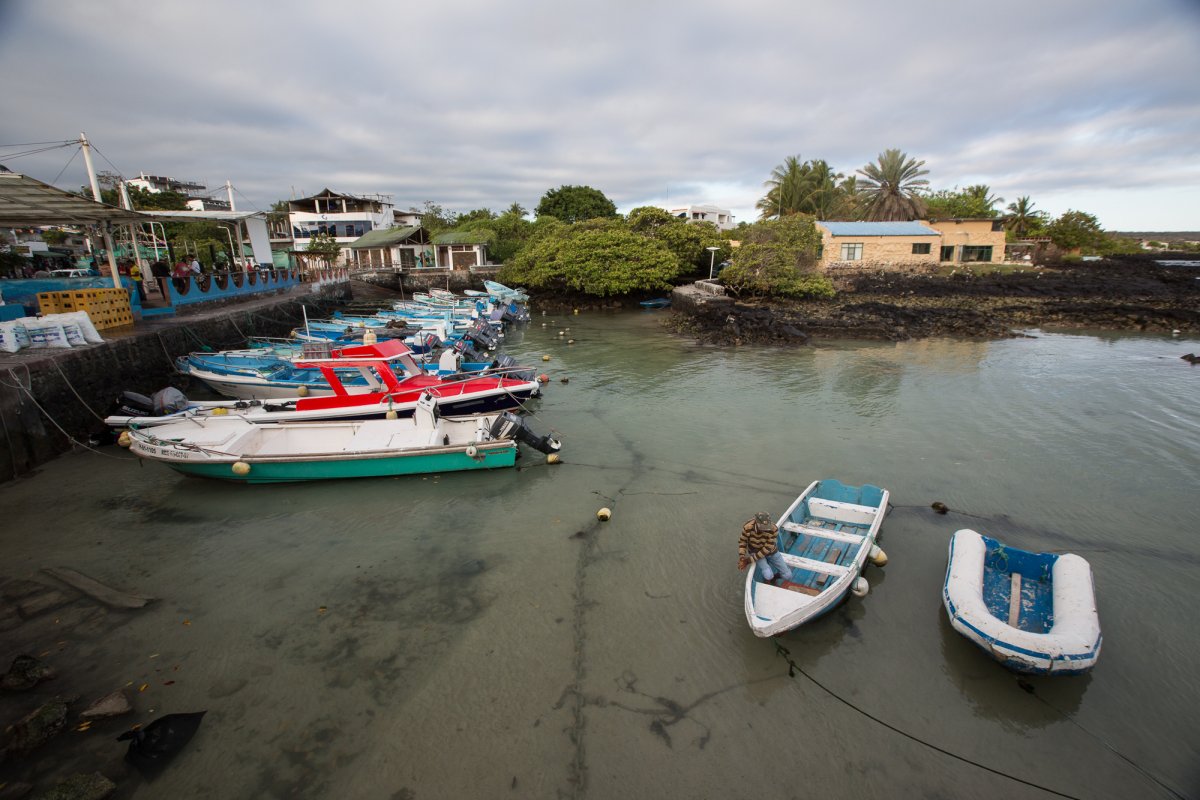
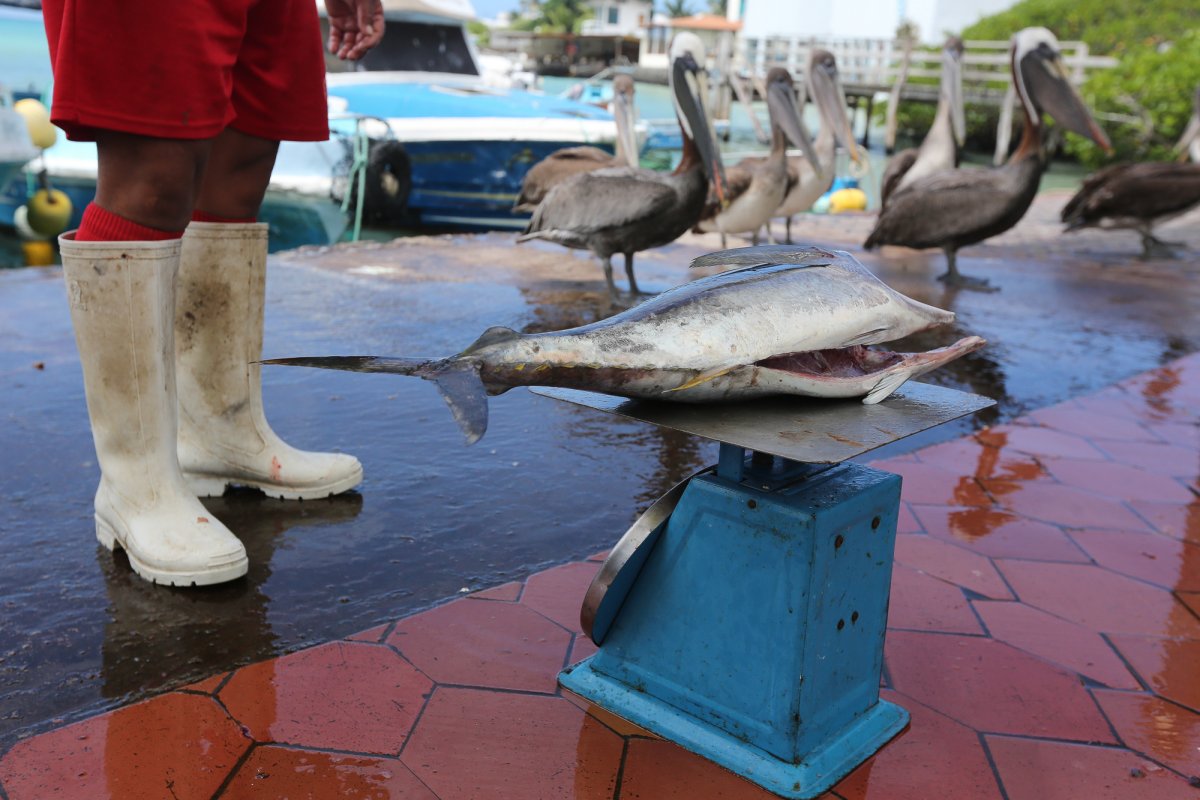
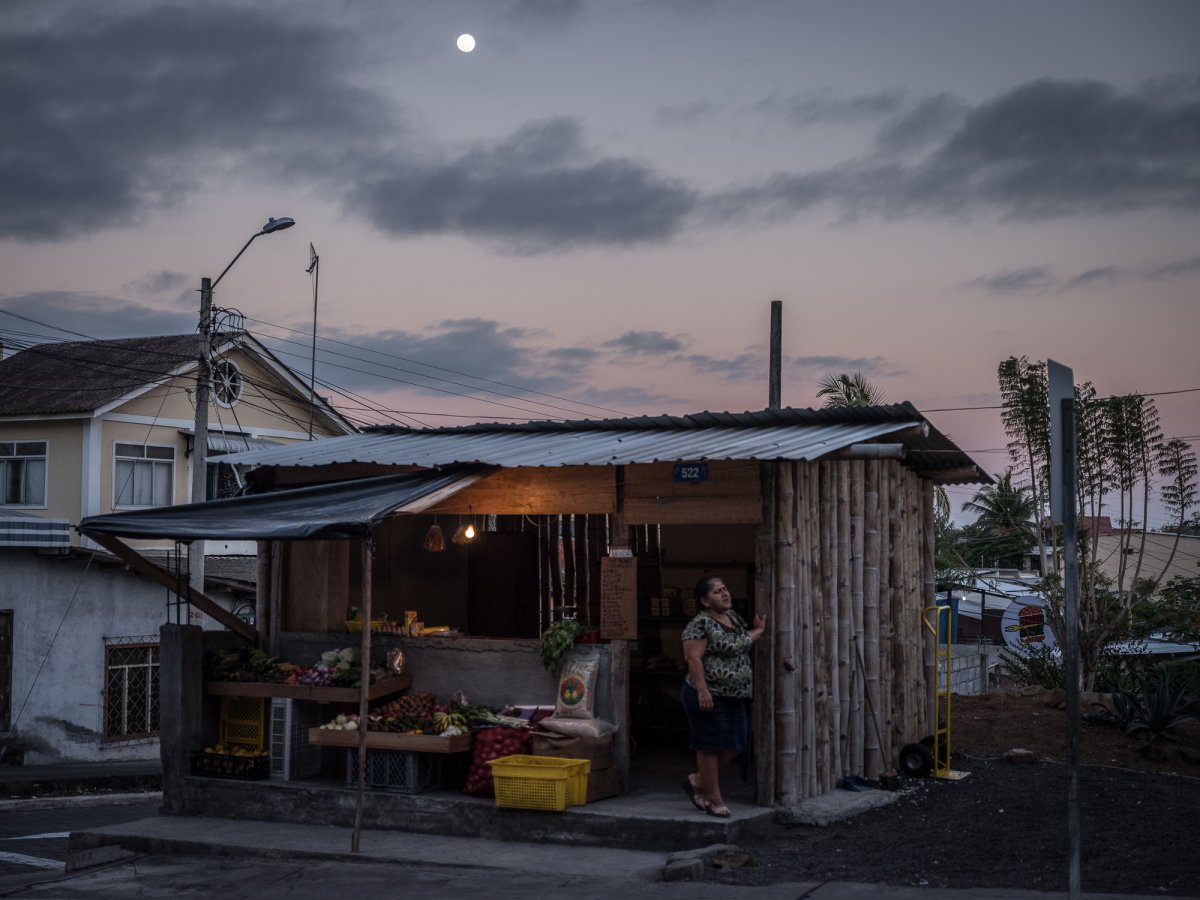
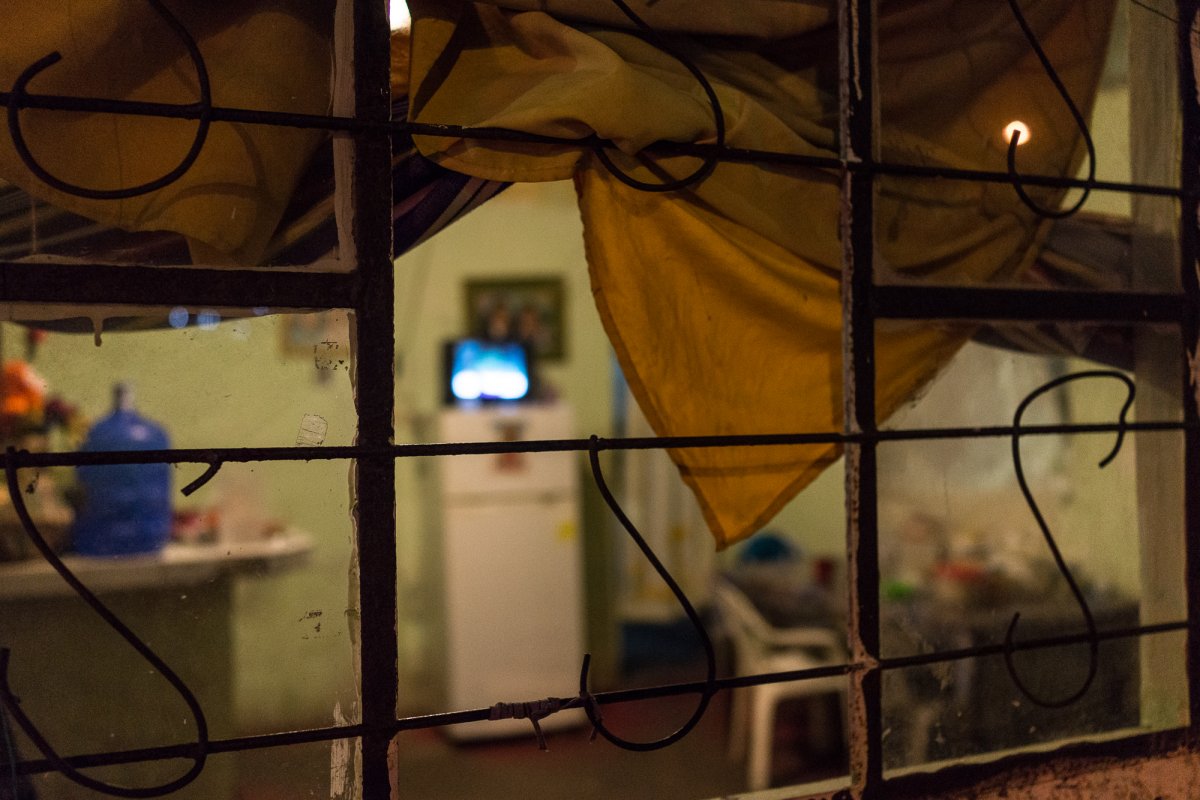
As dramatic as what these Europeans took from the islands was what they left behind. The pirates brought goats to the islands to augment the local food sources and they have proven to be better colonizers even than humans.
Their efficient digestion and low water requirements have allowed them to thrive in this dry, volcanic environment. For much of the nineteenth and twentieth centuries, the goats—and the deforestation they brought about—were contained to portions of three islands.
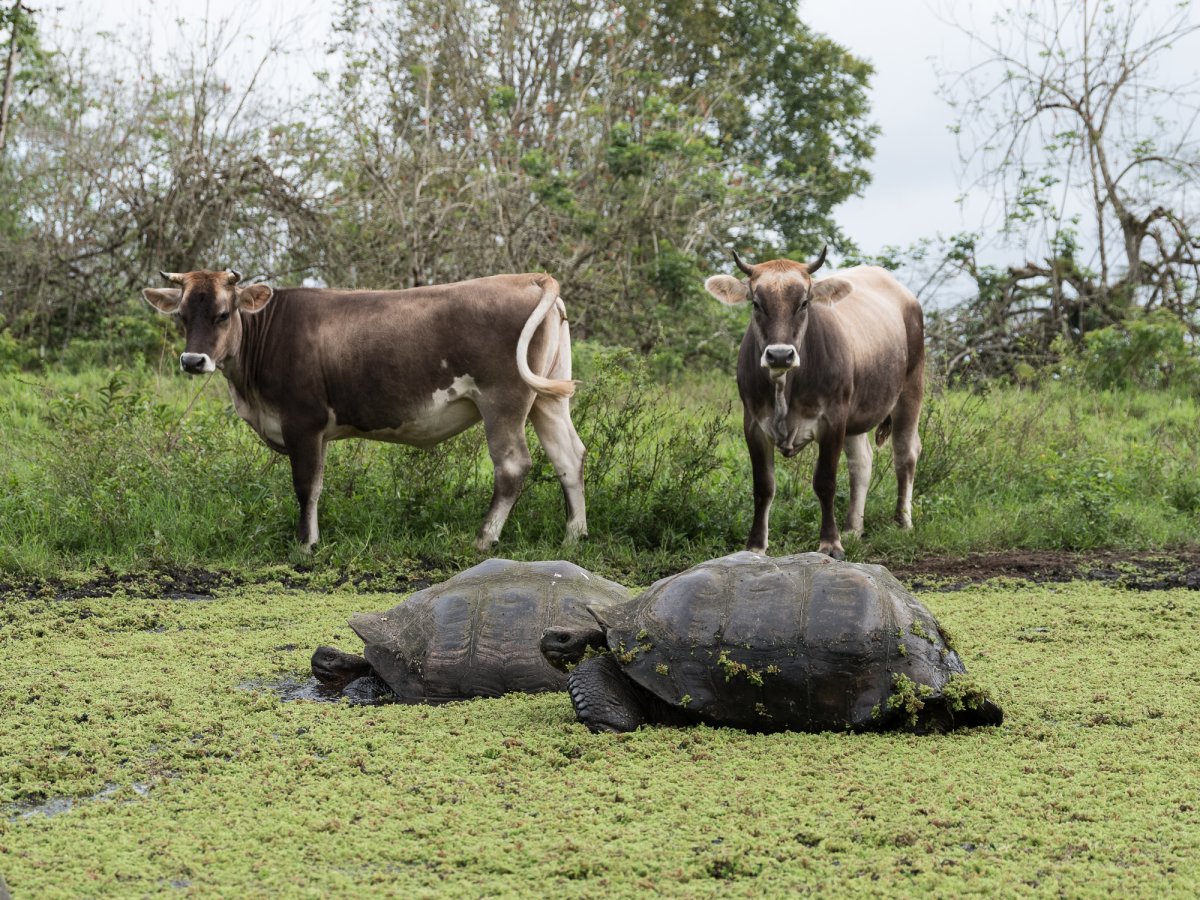
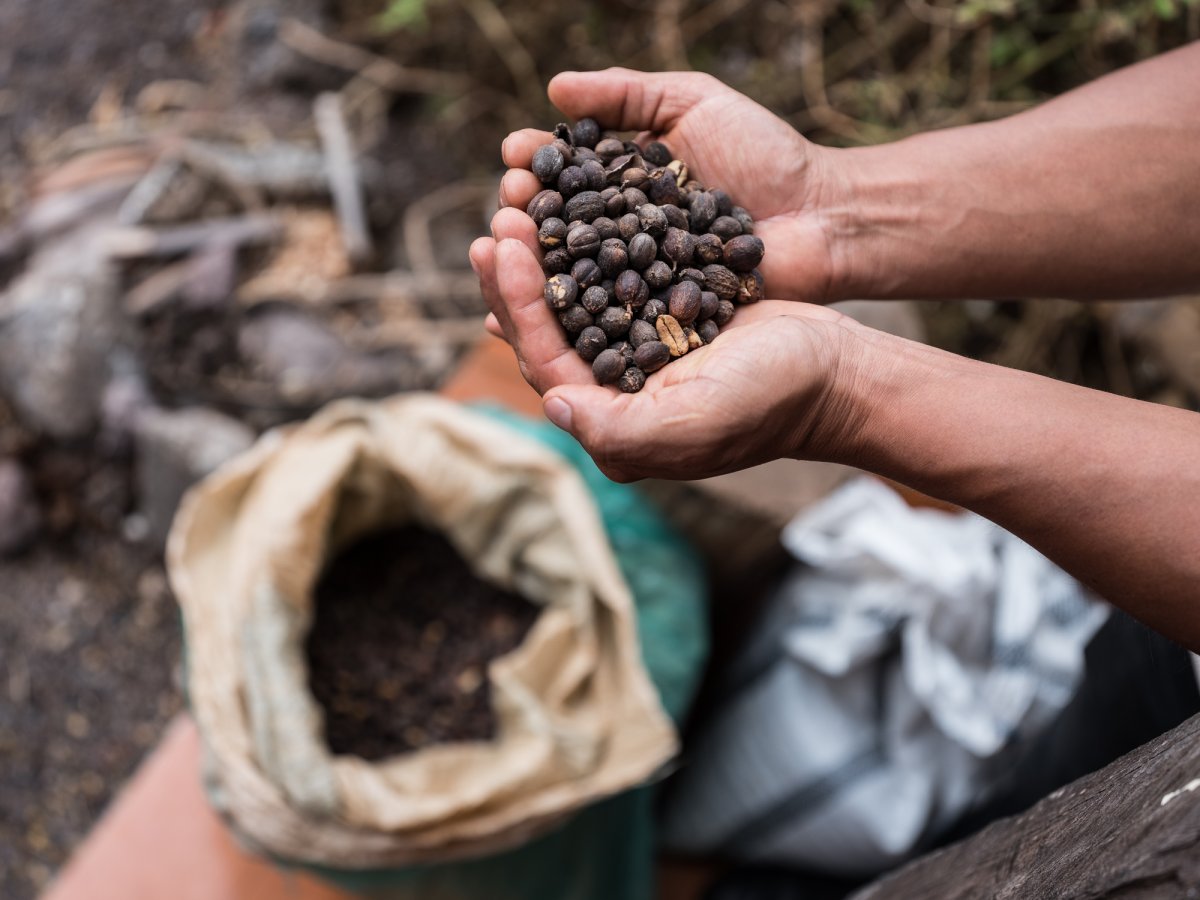

In the 1970s, however, the goats on the island of Isabela crossed the natural barrier of the dry Perry Isthmus that had contained them on the northern end of the landmass. By the middle of the 1990s, the goat population had exploded, causing massive ecosystem degradation as forests and shrubby vegetation transformed into barren volcanic slopes.


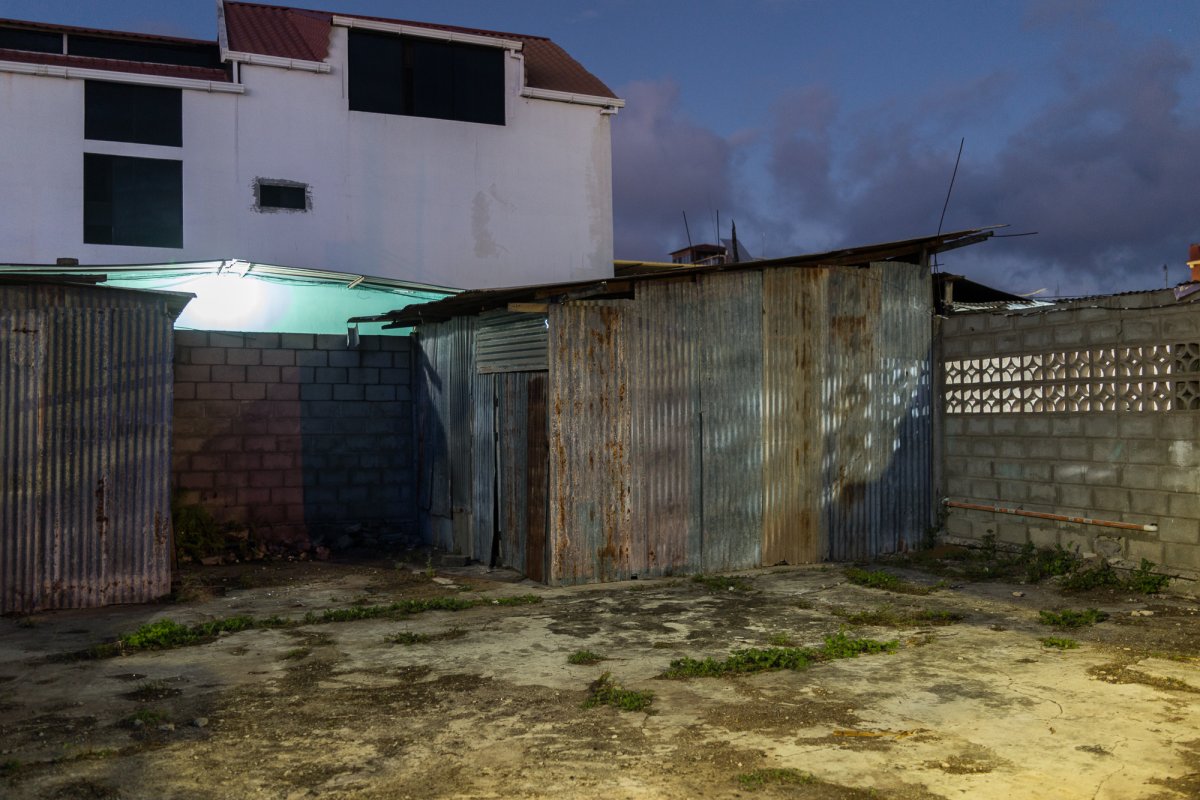
Beginning in 1997, a coalition of scientists, environmental groups, and government agencies initiated Project Isabela which aimed to make the Galapagos goat-free by shooting over two hundred thousand goats from helicopters. By March 2006, only a handful of so-called Judas goats—fixed with radio-collars, these goats led hunters to the remaining 5% of animals who could not otherwise be caught—remained.
Deemed a massive success by many, the Isabela project has successfully removed a relatively recent addition to the Galapagos environment. Yet it also highlights the somewhat arbitrary process by which we in the Anthropocene deem what is natural. At a cost of many millions of dollars, humans eradicated a species that was using its biological advantage to thrive in a harsh environment.
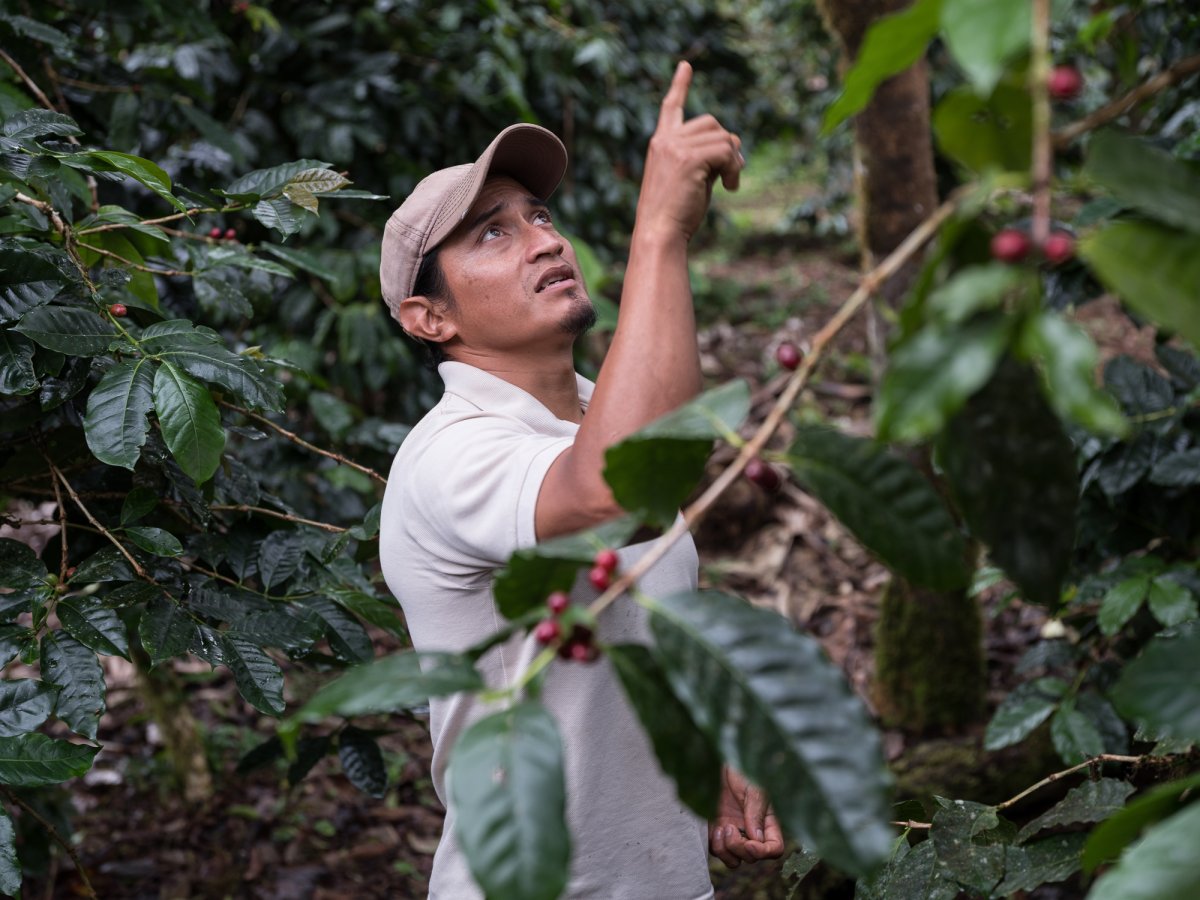
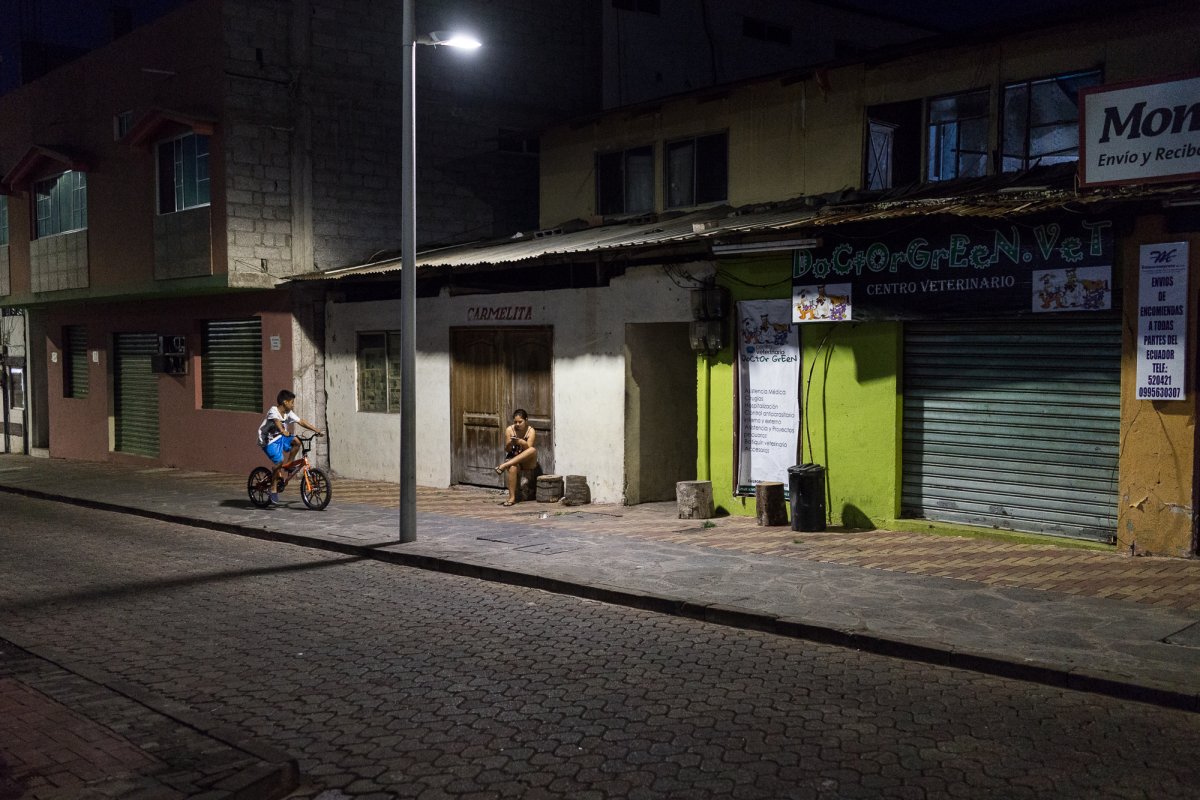
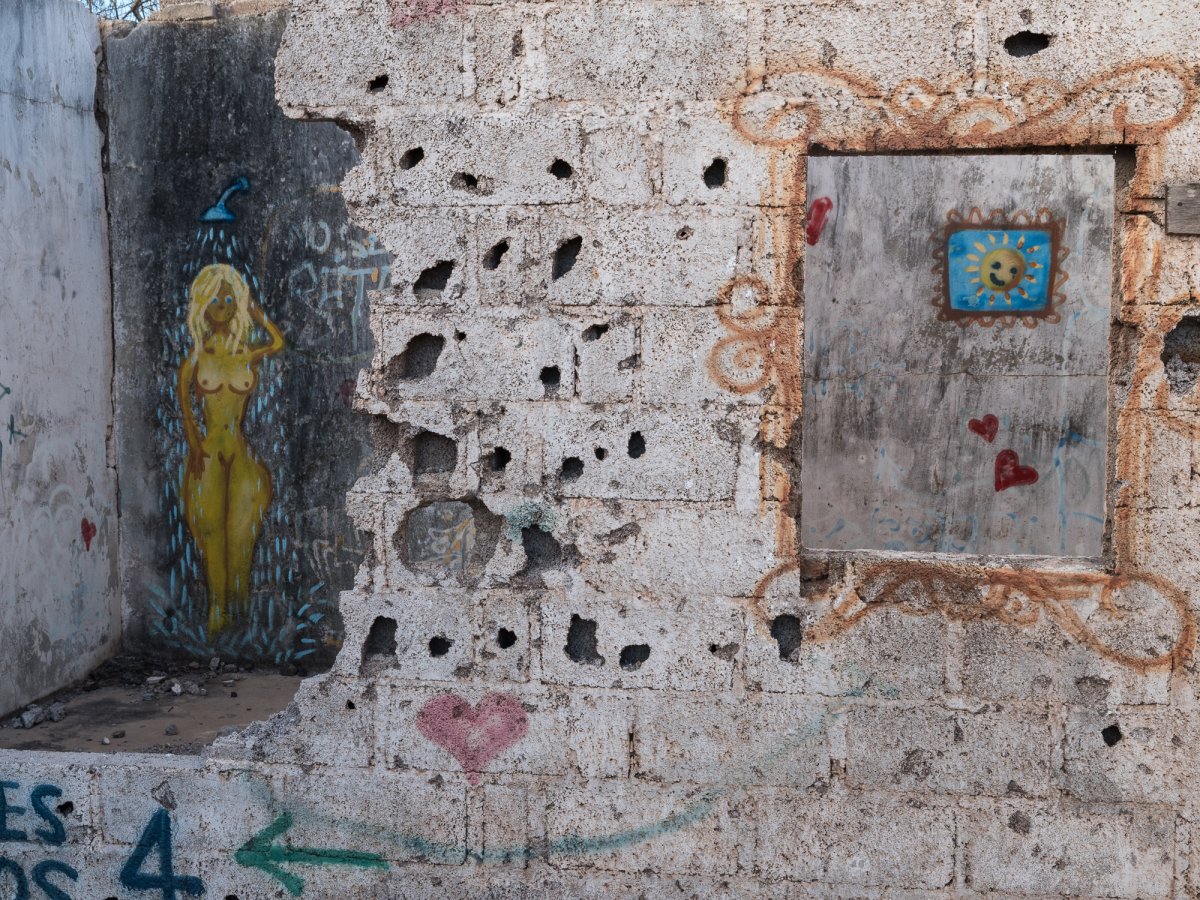
At the same time, humans have spent an equal amount of money and effort trying to reintroduce tortoises. Over 50 years, the breeding centers in the Galapagos have raised more than four thousand tortoises and released them back into the wild. This process has involved manipulating all facets of the tortoises’ lives from sexual arousal and copulation to rearing, socializing, and diet.
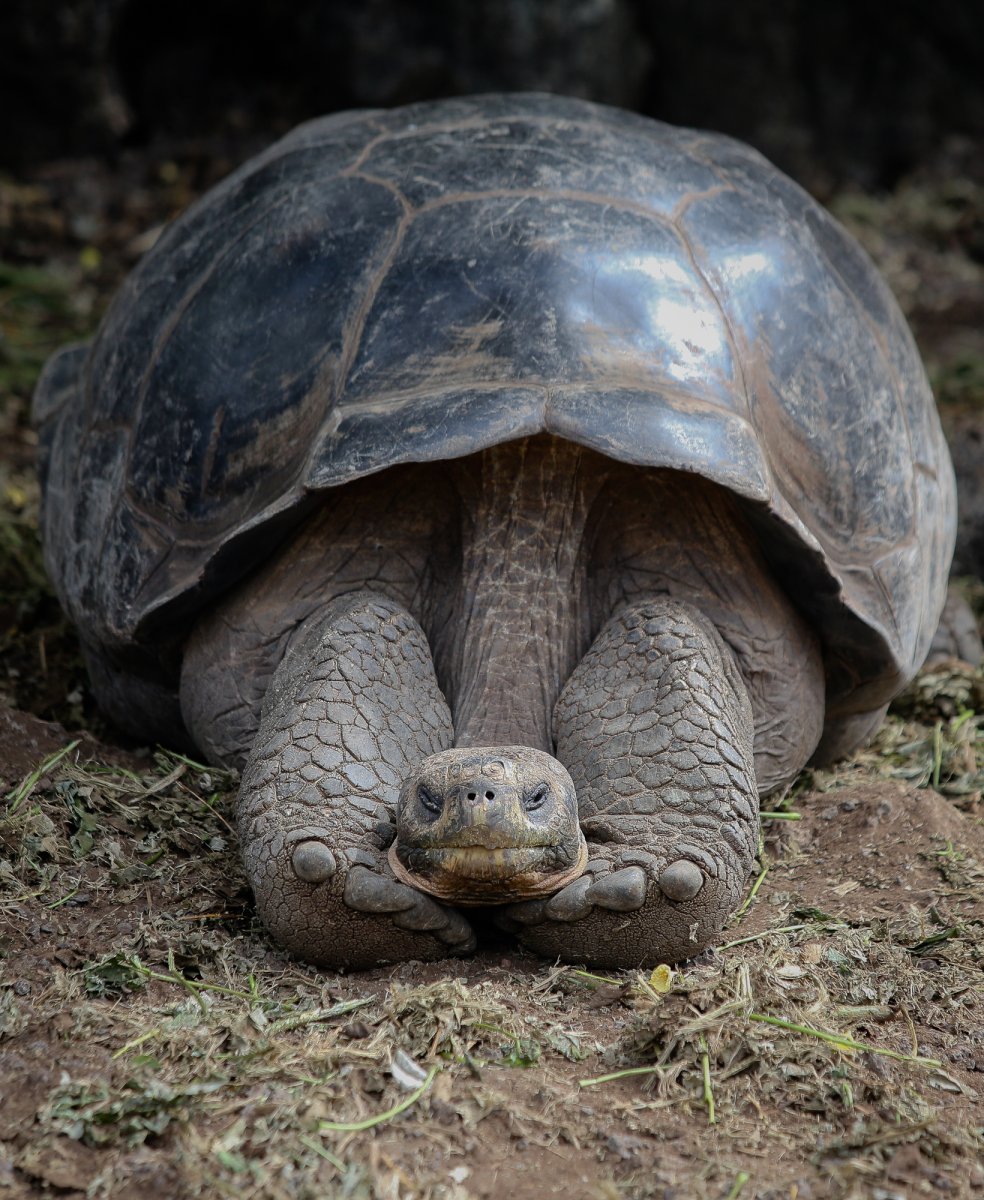
For example, since tortoises’ sex is temperature-dependent (the temperature of the egg determines its sex), the breeding centers keep two-thirds of the eggs at 29.5 degrees Celsius (female) and one-third at 28 degrees as this is thought to be the optimal ratio for promoting growth. As tourism on the islands continues to expand, it will increasingly be humans who decide what is deemed natural.
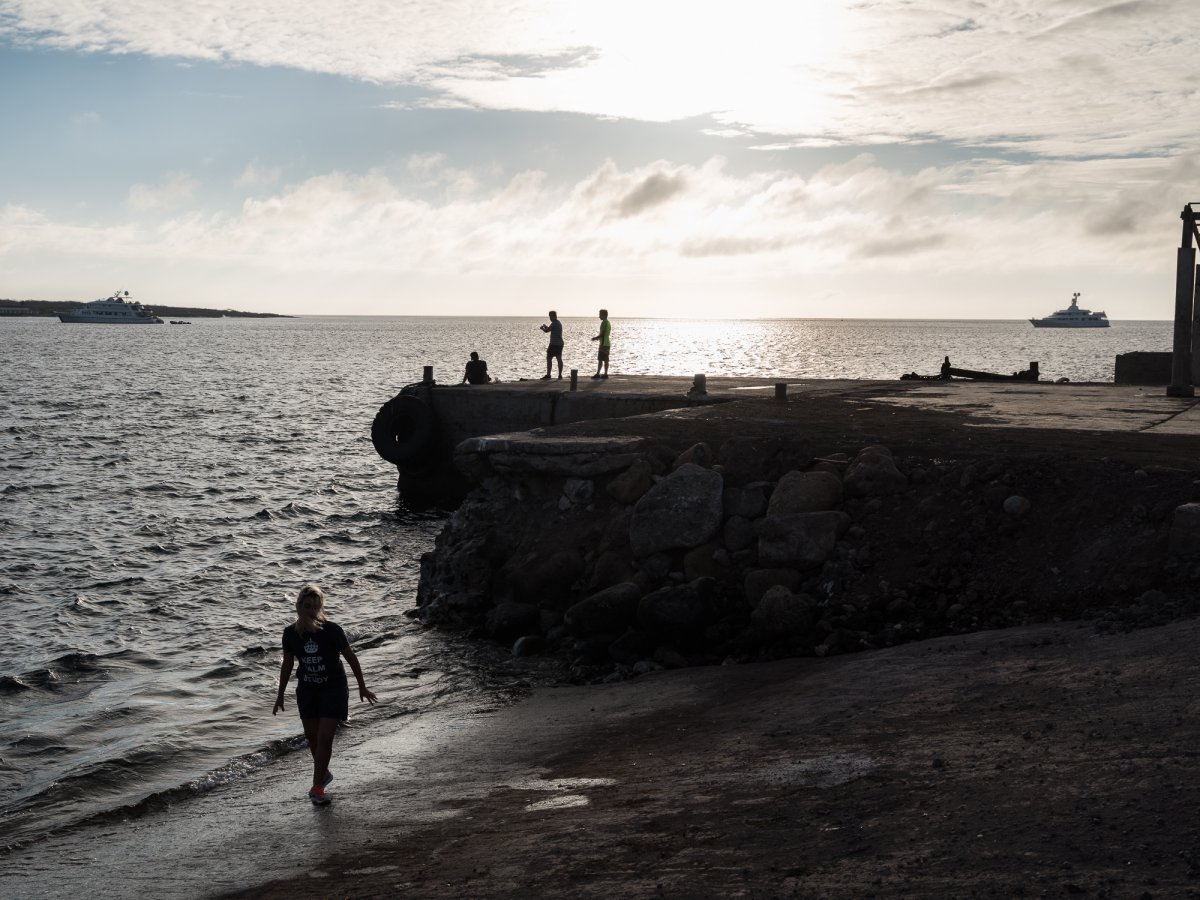
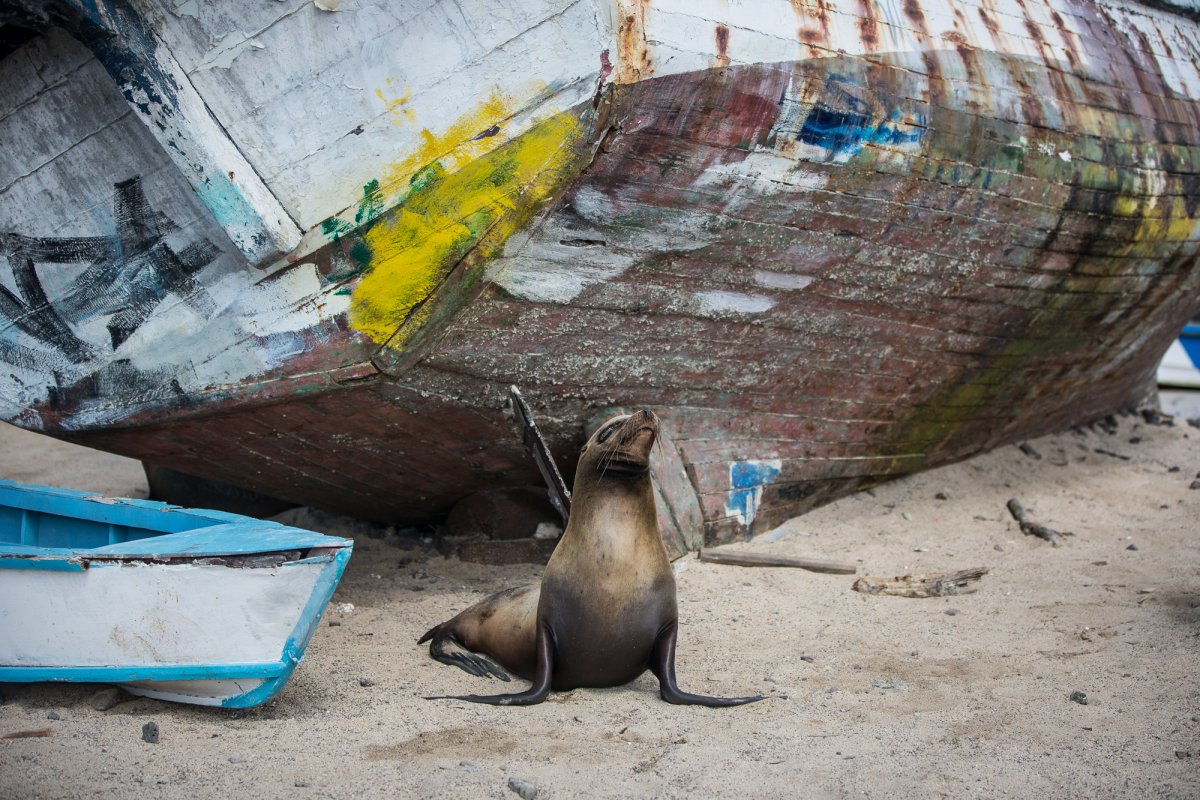
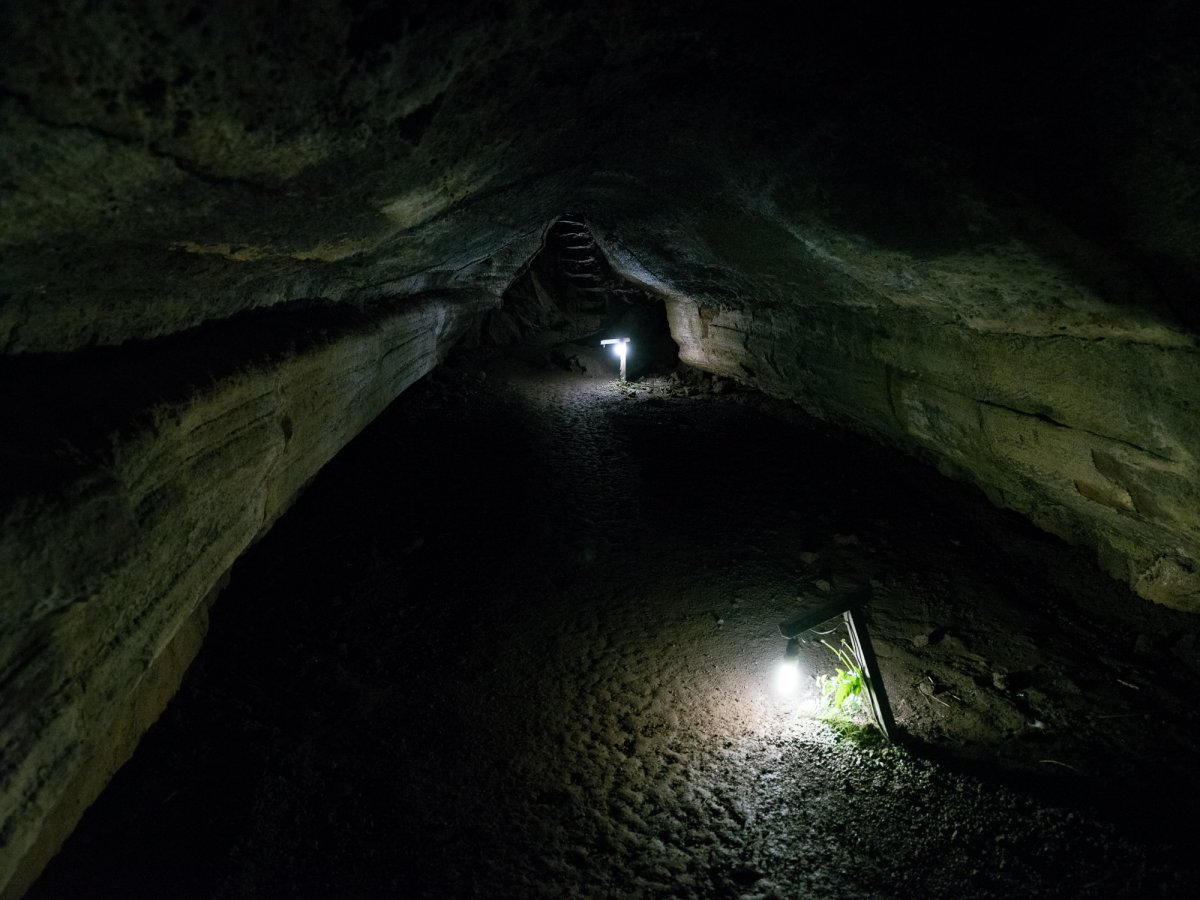
When Darwin explained natural selection he pointed out that humans had practiced artificial selection for centuries—breeding sheep or horses or chickens for particular characteristics. On the islands that helped Darwin see the process of natural selection, human-directed artificial selection may now determine their future.
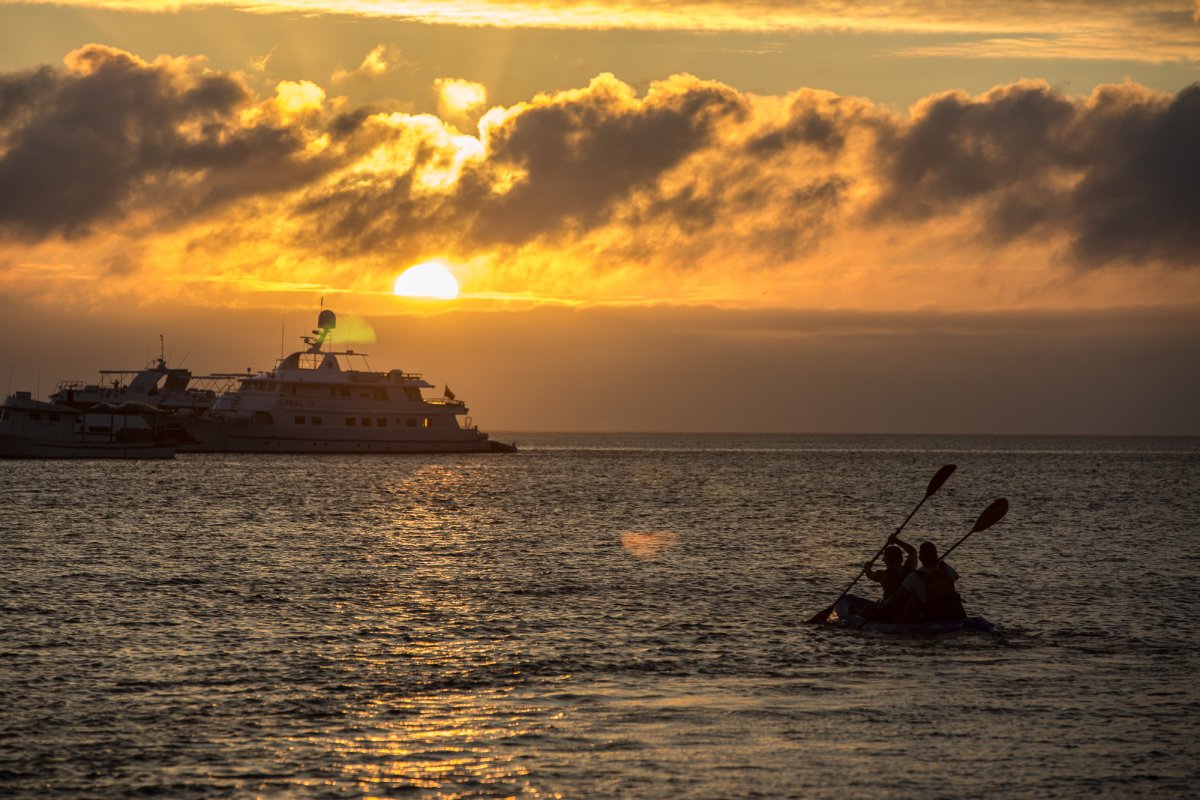

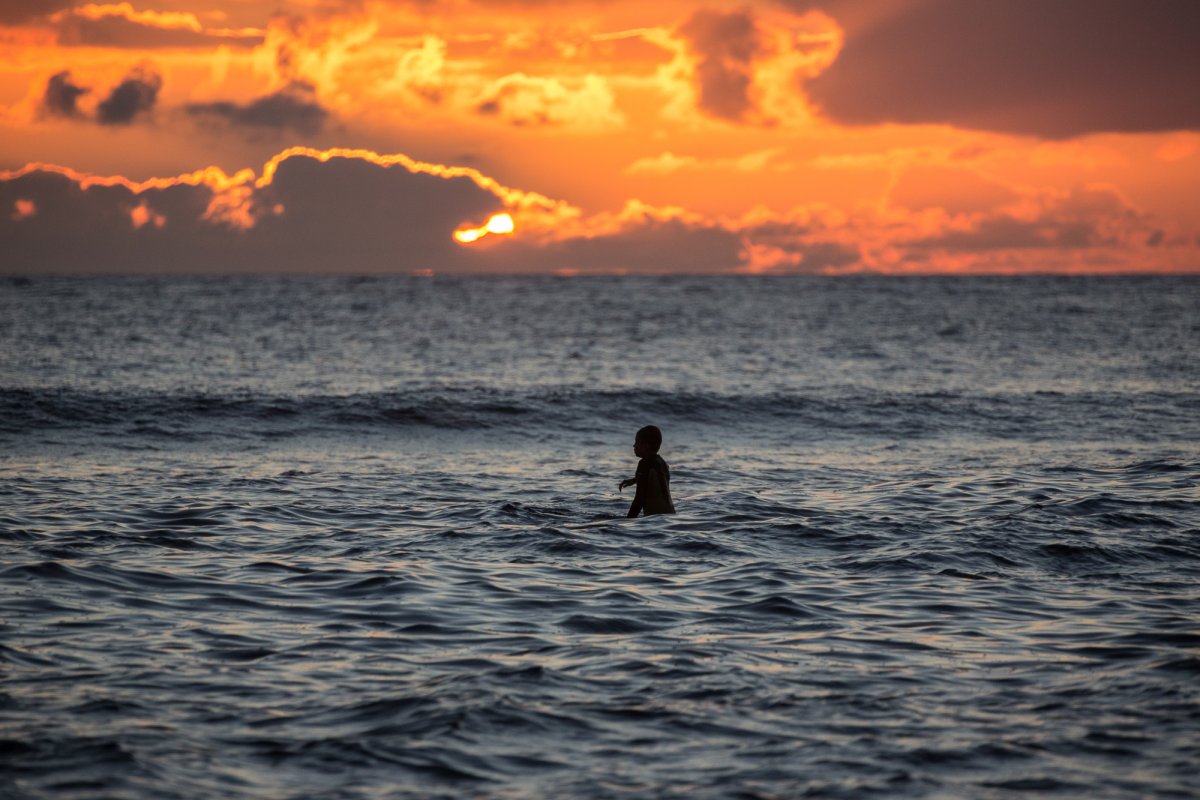
[All photos by author and Leonardo Carrizo.]
David Bernstein is a photographer and historian. He leads photography workshops to, among other places, the Galapagos.
